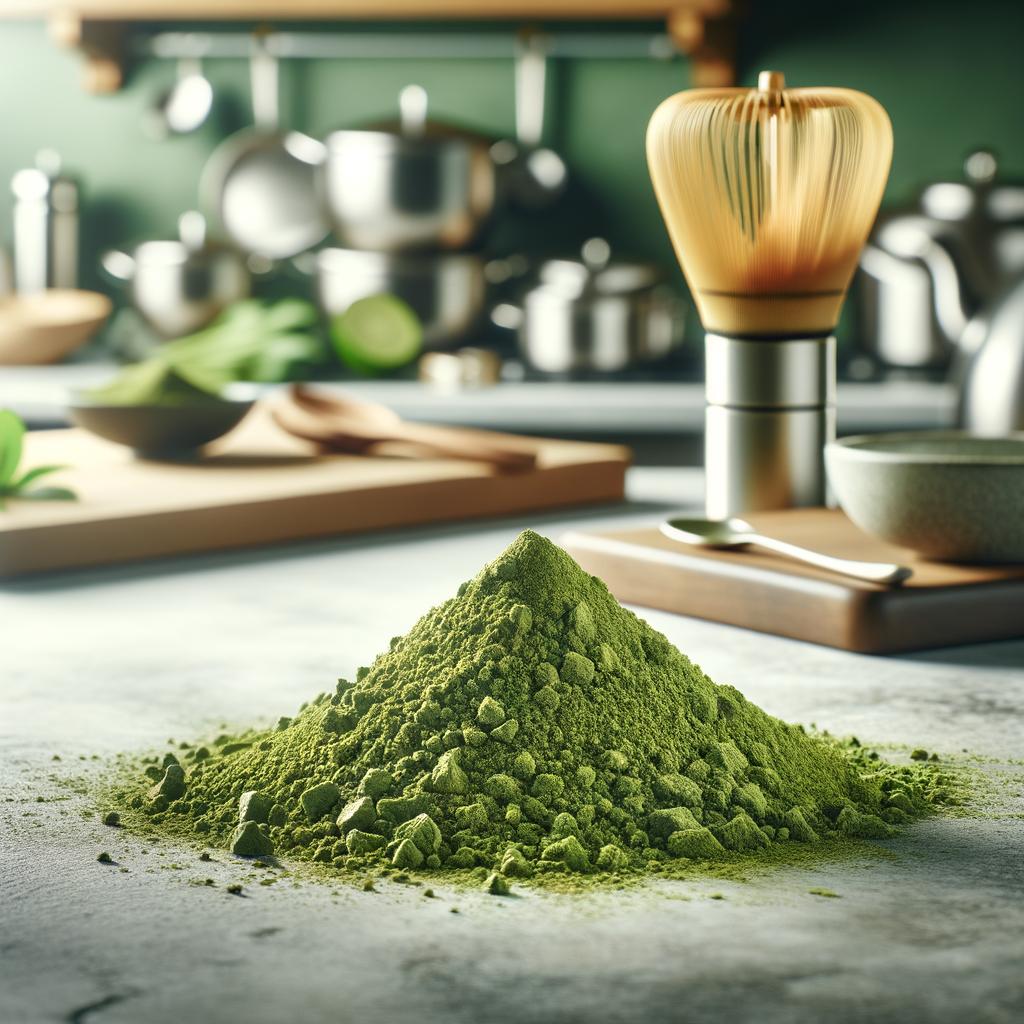Matcha, a finely ground powder of specially grown and processed green tea leaves, is a beautiful, vibrant green color that embodies its freshness and vitality. The texture is incredibly fine and silky, similar to the softest baby powder. When brewed, it imparts a rich, velvety mouthfeel that is uniquely matcha. The flavor profile is complex, a perfect balance of sweetness and umami, with a hint of bitterness that leaves a lingering aftertaste. What sets matcha apart from other green teas is its production process, where the tea leaves are shaded from the sun for about 20-30 days before harvest, enhancing chlorophyll and amino acid levels, and giving matcha its distinctive deep green color and flavor.
Matcha is most commonly used in traditional Japanese tea ceremonies, where it is whisked with hot water in a bowl until frothy. However, its use has expanded globally and is now a popular ingredient in lattes, smoothies, ice creams, and even baked goods like cookies and cakes. Its vibrant green color and unique flavor make it a versatile ingredient in both sweet and savory dishes. In addition to culinary uses, matcha is also used in skincare products due to its high antioxidant content, and in meditation practices, as it is believed to promote calmness and focus.
The history of matcha is steeped in the ancient traditions of Japan, dating back to the 12th century when Buddhist monks began cultivating and consuming it as a means to stay alert and calm during long hours of meditation. It quickly became an integral part of Japanese culture and was revered for its health benefits and spiritual connotations. The tea ceremony, known as "Chanoyu," centered around the preparation and offering of matcha, evolved into a spiritual practice that symbolizes harmony, respect, purity, and tranquility. Over time, the popularity of matcha spread worldwide, transforming from a sacred ritual ingredient to a beloved superfood in the modern culinary world.
Nutritionally, matcha is a powerhouse. It is rich in antioxidants, especially catechins, which are known for their cancer-fighting properties. It also contains a unique amino acid called L-Theanine, which promotes relaxation and stress reduction without inducing drowsiness. When compared to other green teas, matcha stands out because the whole leaf is consumed, offering a higher concentration of nutrients. It also contains a modest amount of caffeine for a gentle energy boost. However, as with all things, it should be consumed in moderation as excessive intake can lead to caffeine-induced side effects.

